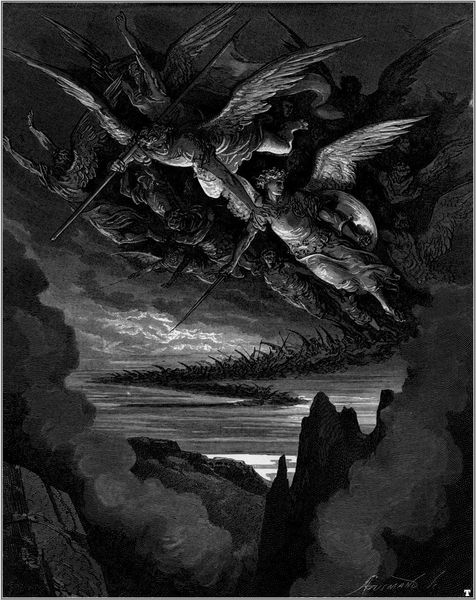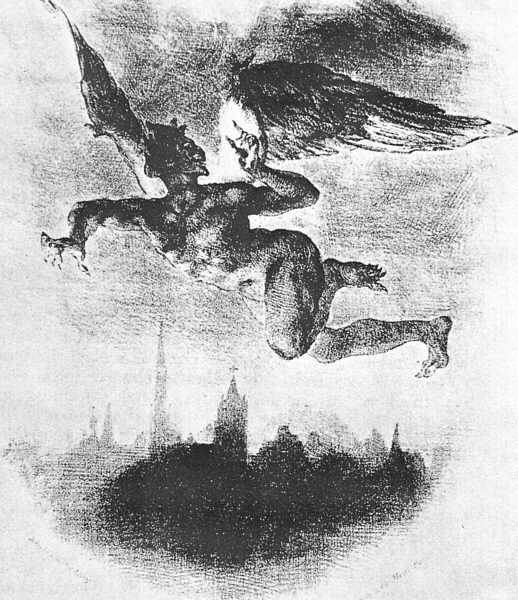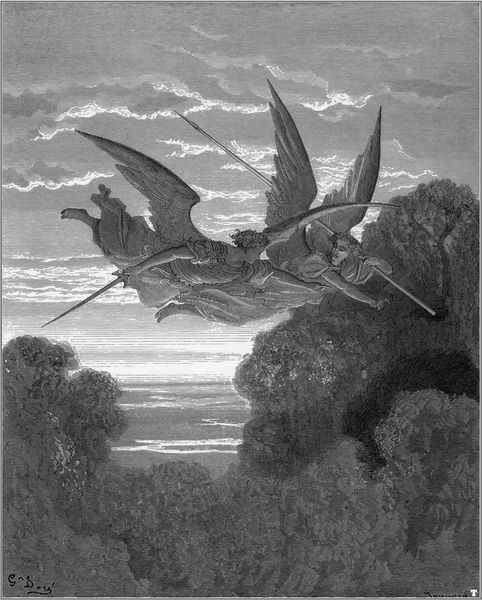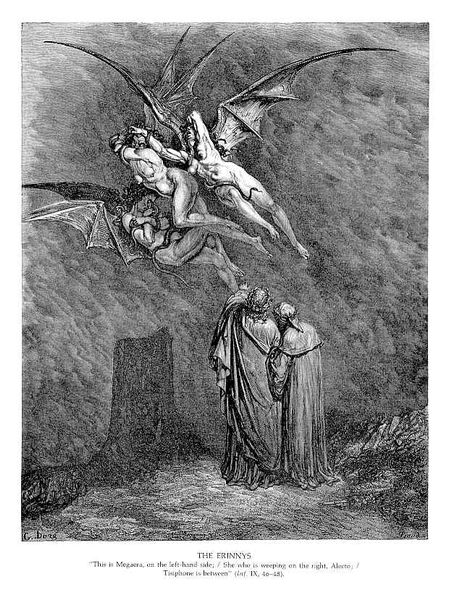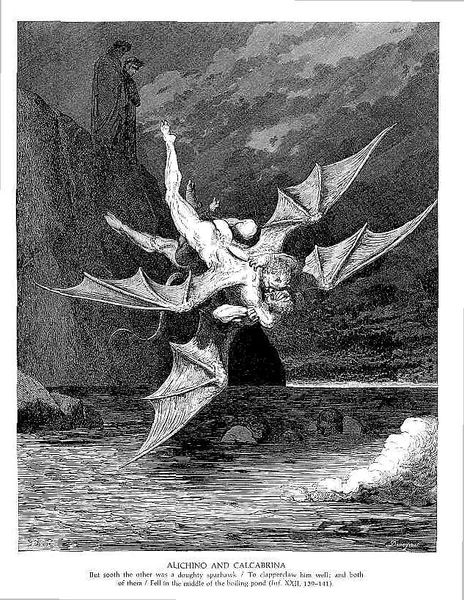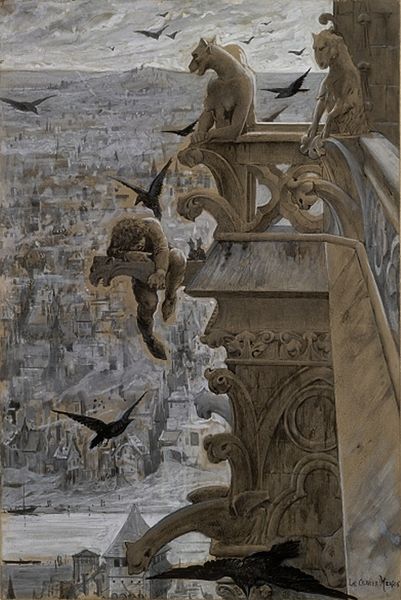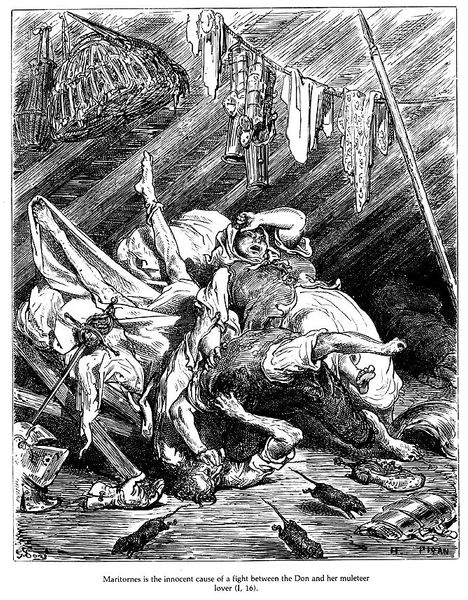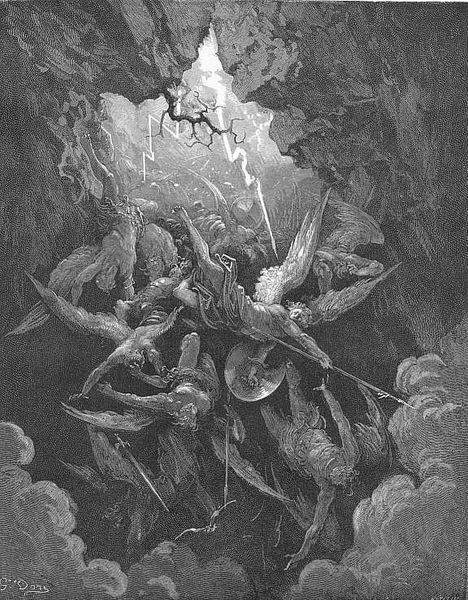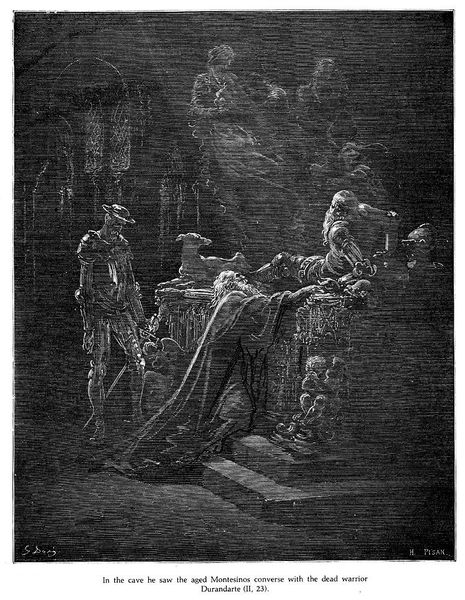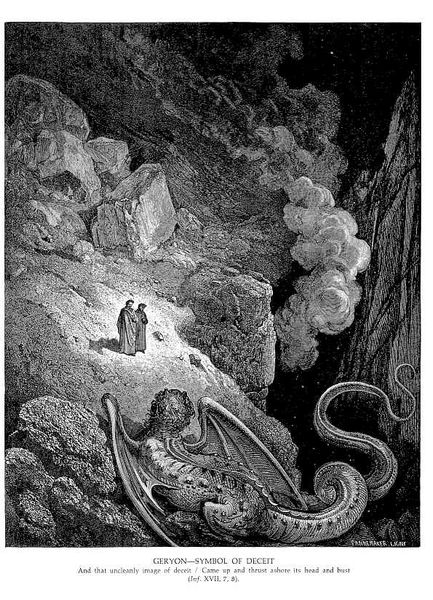
Copyright: Public domain
Luc-Olivier Merson created this dramatic image, "The Hunchback of Notre-Dame," in nineteenth-century France. The artwork encapsulates the romantic fascination with medievalism, drawing inspiration from Victor Hugo's novel, and offering a perspective on societal outcasts. The composition juxtaposes Quasimodo, the deformed bell-ringer, with the grandeur of Notre-Dame Cathedral and the sprawling cityscape of Paris. Merson uses stark contrasts to emphasize Quasimodo's isolation. By positioning Quasimodo amidst the gargoyles, Merson blurs the line between the human and the monstrous, provoking viewers to question their own perceptions and prejudices. Understanding this image requires delving into the artistic and literary circles of 19th-century France. Periodicals, historical societies, and public archives become essential tools in understanding the social and political context of artistic creation and reception. This image reflects the complex interplay between art, literature, and social commentary.
Comments
No comments
Be the first to comment and join the conversation on the ultimate creative platform.
